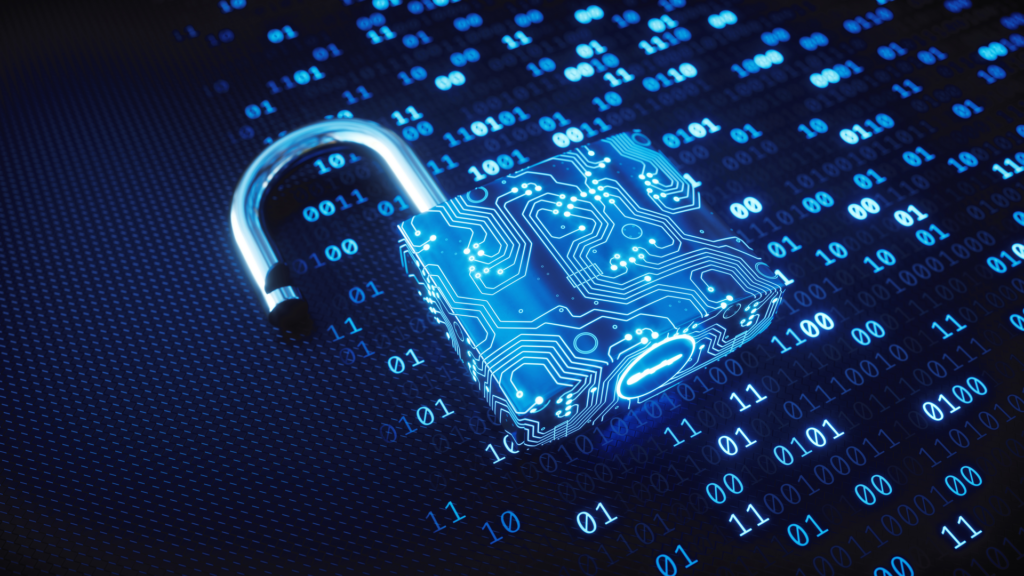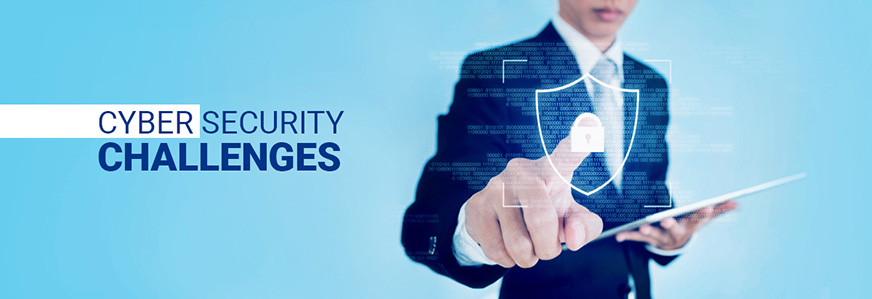13 Steps to Protect SMEs From Cyberattacks.
Cyberattack is any intentional effort to steal, expose, alter, disable or destroy data, applications, or assets through unauthorized access to the network.
Cyberattacks can damage and disrupt businesses, It’s time to shine a light on these covert dangers with the 13 steps to protect your small businesses.

13 Steps To Protect SMEs From Cyberattacks.

13 steps to protect SMEs from cyberattacks:
1. LIMITED RESOURCES: It can be challenging for SMEs to invest in effective cybersecurity measures and to maintain a committed security team because they sometimes have small budgets and IT workers. This is part of the 13 steps which is important to know about.
2. POOR PASSWORD: Employees who use walk or obvious passwords pose a serious threat to small firms. Numerous small businesses utilize numerous cloud-based services, each of which calls for a different account. Financial details and sensitive data are frequently present in these services. This information may be hacked if weak passwords are used, or if the same password is used across several accounts. This is also part of the 13 steps to protect your business from cyberattack.
3. SHADOW IT: Shadow IT can pose cybersecurity challenges for SMEs. It involves the use of unauthorized technology, which can lead to data breaches and vulnerabilities. It’s important for SMEs to have policies in place to address and mitigate the risks associated with shadow IT to avoid cyberattacks, use these 13 steps to protect your business.
Employees who use weak passwords frequently put small organizations at risk for cyberattack since they are generally unaware of the harm they can do. 19% of industry professionals on average share passwords between accounts or use passwords that are simple to guess or use a single password for all accounts.
Users should think about utilizing business password management systems to make sure that staff members are using secure passwords. These tools guide users in creating secure passwords for all their accounts, making password management easier for staff members protect your small business from cyberattacks.
4. INCIDENT RESPONSE PLANS: Having an incident response plan is crucial for SMEs to effectively handle and respond to cybersecurity incidents. It outlines the steps to be taken in the event of a breach or attack, including containment, eradication, and recovery. This plan helps minimize the impact of incidents and ensures a timely and coordinated response to protect sensitive data and restore normal operations. Safeguard your business against cyberattacks.
5. UNSECURED WI-FI: Picture this: a cybercriminal sitting in a parked car. He’s snooping on your business’s unsecured Wi-Fi network. Scary, right? Unsecured Wi-Fi can be a ghostly gateway for hackers to intercept sensitive data.
Ensure your Wi-Fi is password-protected. Make sure your router uses WPA2 or WPA3 encryption for an added layer of security. For critical business tasks consider a virtual private network (VPN). It can shield your data from prying eyes to avoid cyberattack.
6. PHISHING ATTACKS: Cyberattacks routinely target SMEs with phishing attacks, tricking staff members into disclosing critical information or downloading dangerous software.
When it comes to reducing the risks of phishing, multi-factor authentication (MFA) is also crucial.
When users log into an account, MFA adds an additional layer of security to the authentication process. Common methods of delivery include SMS-codes, tap notifications on trusted devices, and biometric checks like fingerprint or FaceID scans.
7. DATA BREACHES: SMEs may hold sensitive client information, including financial records and personal information, making them a tempting target for hackers. A data breach may lead to financial loss, regulatory fines, and reputational harm.
8. RANSOMEWARE: One of the most frequent cybercrimes, ransomware affects thousands of organizations annually. Since these attacks are among the most lucrative types of hacks, they have only grown in frequency. Ransomware encrypts corporate data so that it cannot be used or accessed, and then demands a ransom payment from the firm to decrypt the data. Businesses are therefore faced with a difficult decision: pay the ransom and risk losing potentially enormous quantities of money, or risk having their services compromised by losing data. by using the 13 steps of
Businesses must implement robust Endpoint Protection on all work devices to stop these threats. These will aid in preventing data from being successfully encrypted by ransomware assaults. Sentinel One, an endpoint protection tool, even has a “ransomware rollback” capability that enables businesses to immediately identify and counteract ransomware assaults.
Businesses should also think about putting in place a reliable cloud backup solution. These systems securely backup corporate data on the cloud, reducing the risk of data loss. Organizations can choose from a few data backup techniques, so it’s crucial to find the one that will work best for you.
9. OUTDATED SOFTWARE: We recognize that updating software might be inconvenient. However, using out-of-date software is equivalent to inviting hackers to your online Halloween celebration.
Vendors of software frequently incorporate important security patches in updates. These updates patch up flaws that hackers could take advantage of. Therefore, avoid letting out-of-date software ruin your company. To preserve the security of your digital fortress, keep everything up to date.
10. NO MULTI-FACTOR AUTHENTIFICATION: Multi-factor authentication can be implemented as an additional security measure to shield SMEs against illegal access. It makes it more difficult for attackers to access users’ accounts by requiring users to give multiple means of verification, such as a password and a special code texted to their mobile device. cybersecurity aims to defend and prevent against cyberattacks.
11. DISREGADING MOBILE SECURITY: Disregarding mobile security can leave your personal information vulnerable to hackers and cyber threats. It’s important to take precautions like using strong passwords, enabling two-factor authentication, and keeping your device and apps up to date to protect your data. Stay safe!
12. NO DATA BACKUP: Not having data backups can be risky for SMEs. If data is lost or compromised, it may be difficult to recover. Regularly backing up data is crucial to ensure its safety and availability.
Get used to the 3-2-1 rule. Have two separate types of media with at least three copies of your data. with one copy safely offsite stored. Test your backups frequently to make sure they are dependable and functional.
13. LACK OF EMPLOYEE TRAINING: Your company’s employees could either be its best or worst line of defense. In about 88% of cases, human error is to blame for data breaches.
Your personnel may unwittingly fall prey to phishing scams if they haven’t received the required cybersecurity training. could accidentally reveal private information. Inform your workforce about cyberattacks best practices on a regular basis.
For instance:
- Identifying phishing emails.
- Avoiding dubious websites.
- Using secure file-sharing techniques.
Keep your companies cyberattacks out of the closet. We can assist you in identifying and repairing any weaknesses. Additionally, develop a strong security posture to safeguard your company.






